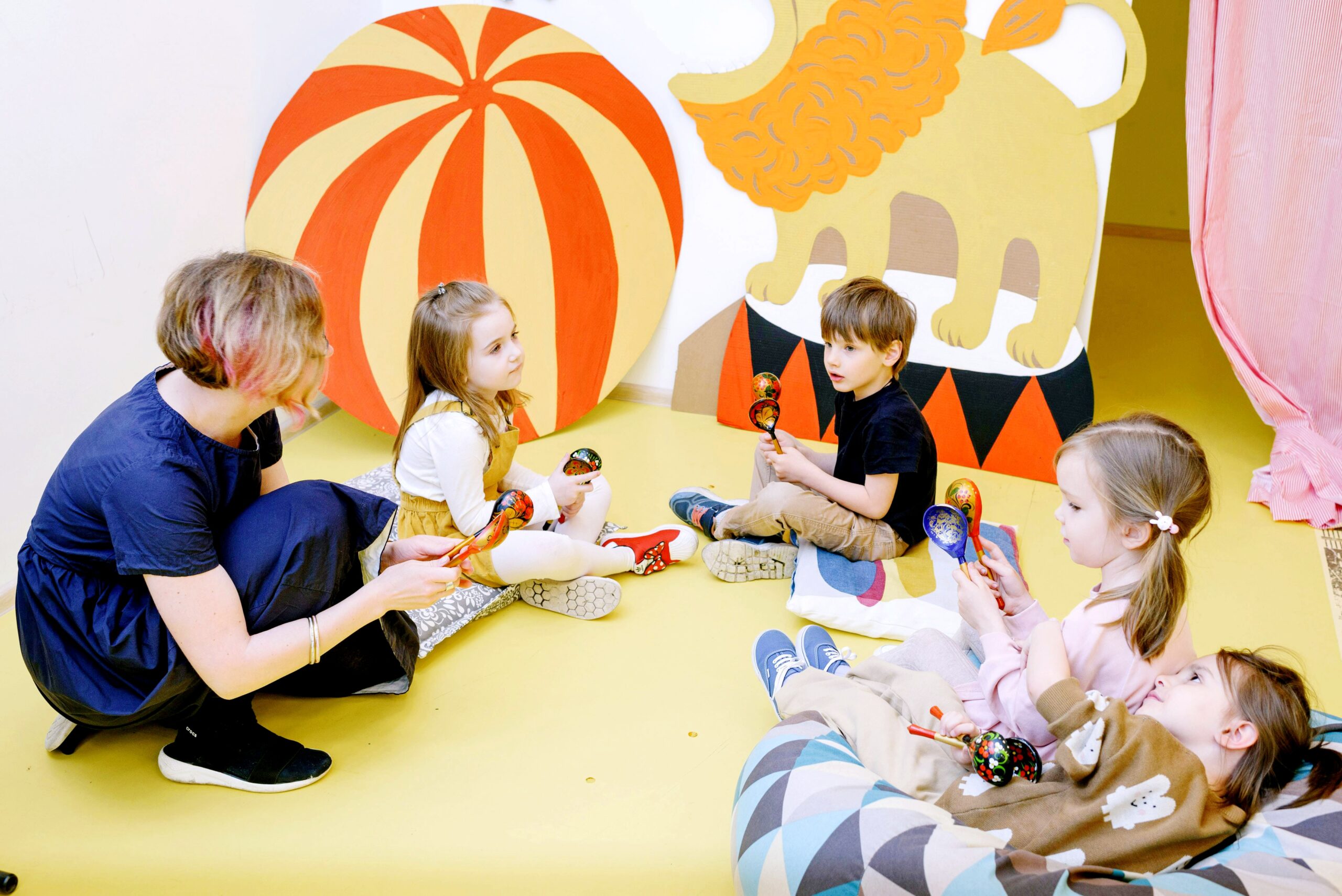Ah, childhood—the age of wonder and exploration! Ever marveled at how children seem to effortlessly absorb the world around them? It’s all thanks to the marvelous dance of Sensory Play and Motor Skills Development. But what exactly do these terms entail, and why are they crucial for our little ones’ growth? Let’s embark on a journey to unravel these mysteries and uncover the magic within!
I. Understanding Sensory Play
Picture this: tiny hands digging into a mound of soft, squishy clay, eyes wide with wonder at the vibrant hues, and giggles filling the air like confetti. This, my friends, is the enchanting realm of Sensory Play. From the silky touch of sand between their toes to the sweet aroma of freshly baked cookies, sensory play tantalizes the senses and sparks joy in young hearts.
But it’s not all fun and games—sensory play lays the groundwork for crucial developmental milestones. By engaging in activities that stimulate their senses, children build neural connections, enhance cognitive skills, and hone their ability to process information. In essence, sensory play is the gateway to a world of discovery, where every texture, sound, and scent holds endless possibilities.
II. Importance of Motor Skills Development
Now, let’s shift our focus to another integral aspect of childhood development: Motor Skills. Think of motor skills as the building blocks of physical prowess—the finely tuned mechanisms that allow us to navigate the world with grace and precision. Whether it’s tying shoelaces, wielding a paintbrush, or kicking a soccer ball into the net, motor skills are the unsung heroes behind every triumph.
But why are they so crucial, you ask? Well, imagine trying to conquer the world without the ability to grasp, manipulate, or coordinate your movements—it’d be like trying to ride a bicycle with square wheels! From the simplest tasks to the most complex challenges, motor skills are the bedrock upon which children build their independence and confidence.
III. Connection Between Sensory Play and Motor Skills Development
Now, here’s where things get truly fascinating: the intricate interplay between Sensory Play and Motor Skills Development. You see, while sensory play dazzles the senses, it also lays the groundwork for the refinement of motor skills. Take, for example, a child molding shapes out of playdough—not only are they engaging their tactile senses, but they’re also honing their fine motor skills as they manipulate the dough into various forms.
Similarly, activities like finger painting or pouring and scooping in a sensory bin not only stimulate the senses but also encourage hand-eye coordination and dexterity. It’s like hitting two birds with one stone—only in this case, we’re nurturing holistic development with every playful flick of the wrist.
IV. Sensory Play Ideas for Motor Skills Development
Ready to roll up your sleeves and dive into the world of Sensory Play and Motor Skills Development? Here are some creative ideas to get you started:
- Kinetic Sand Kingdom: Let your little ones sculpt, mold, and shape their own miniature masterpieces with the magic of kinetic sand.
- Sensory Soup Spectacular: Transform a simple tub of water into a sensory adventure by adding floating objects, bubbles, and even a splash of food coloring for added flair.
- Texture Treasure Hunt: Go on a scavenger hunt around the house or outdoors, encouraging children to explore different textures and surfaces with their hands and feet.
V. Incorporating Sensory Play into Everyday Life
“But how do I fit sensory play into our busy daily routine?” I hear you ask. Fear not, dear reader, for the beauty of sensory play lies in its versatility and adaptability. Here are some tips to seamlessly integrate sensory play into your child’s everyday life:
- Carve out dedicated playtime: Set aside a few minutes each day for sensory exploration, whether it’s before bedtime, after school, or during weekends.
- Get hands-on: Don’t be afraid to get messy! Embrace the chaos and allow your child to fully immerse themselves in the sensory experience.
- Follow their lead: Pay attention to your child’s interests and preferences, tailoring sensory activities to cater to their unique preferences and developmental needs.
VI. FAQs (Frequently Asked Questions)
- What age is ideal for sensory play?
Sensory play can be enjoyed by children of all ages, from infants exploring different textures to older kids experimenting with more complex sensory activities. - Are there any safety precautions to consider during sensory play?
Always supervise children during sensory play activities, especially when using small objects or materials that could pose a choking hazard. Additionally, be mindful of any allergies or sensitivities your child may have when choosing sensory materials.
VII. Conclusion
And there you have it—the captivating world of Sensory Play and Motor Skills Development unveiled before your very eyes! From the tantalizing textures of sensory bins to the triumphant triumphs of mastering motor skills, every moment spent engaging in sensory play is a step towards unlocking your child’s full potential. So go forth, dear reader, and let the adventure begin!

